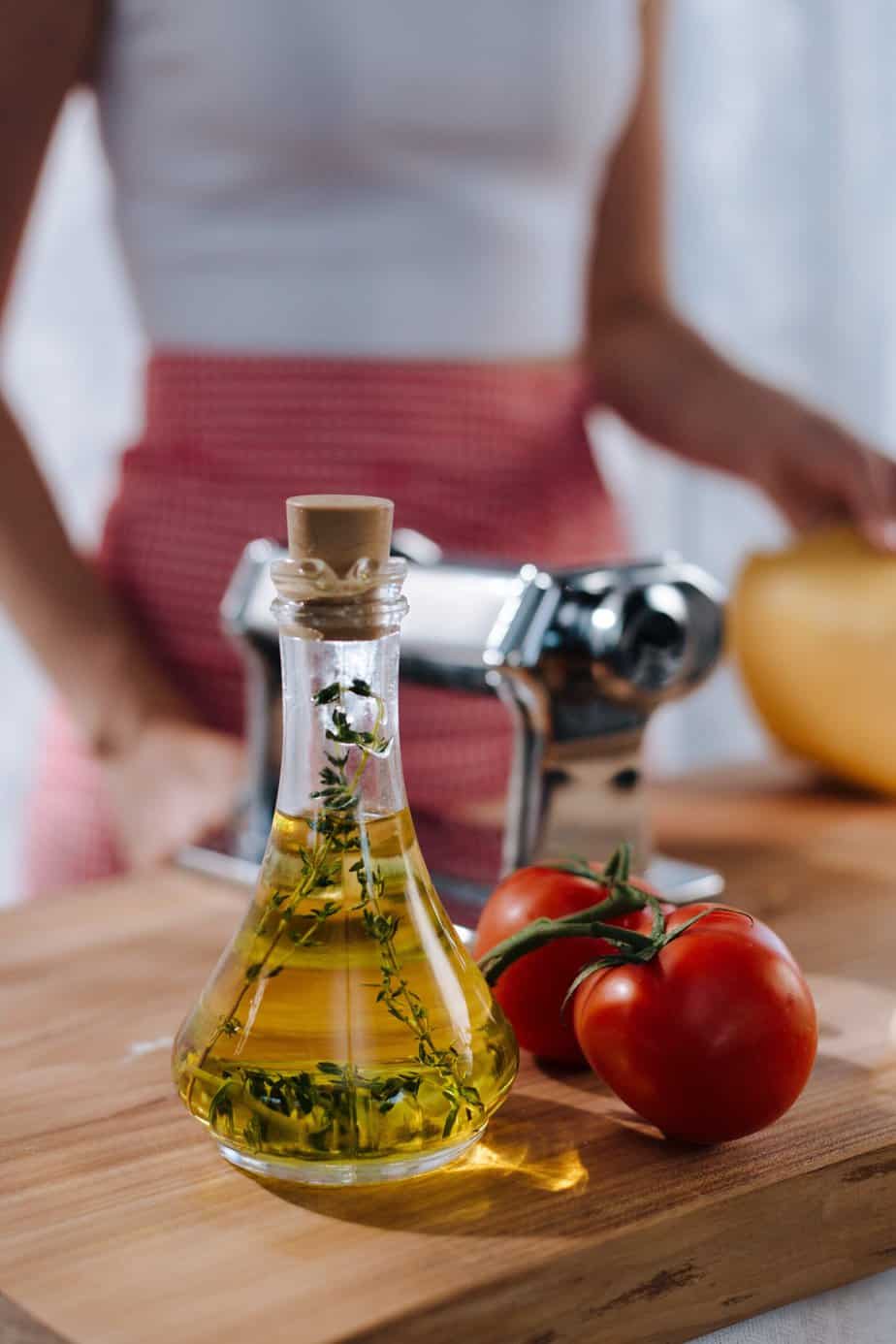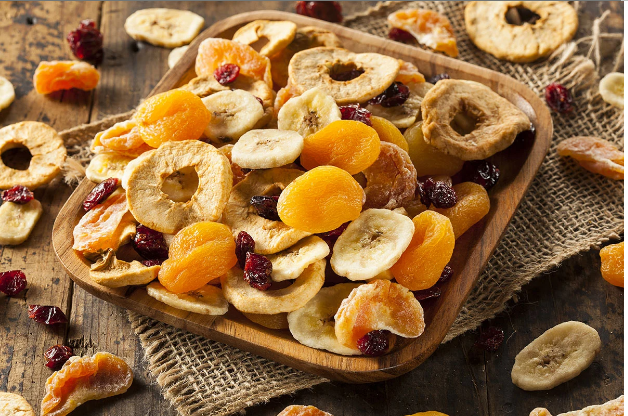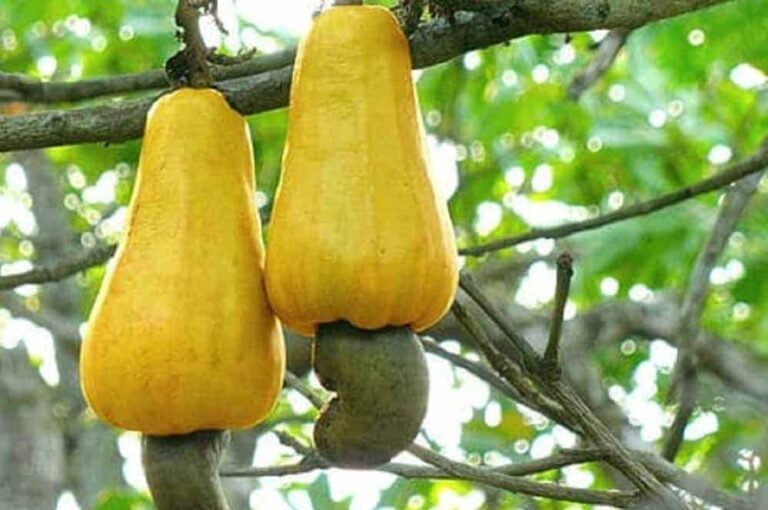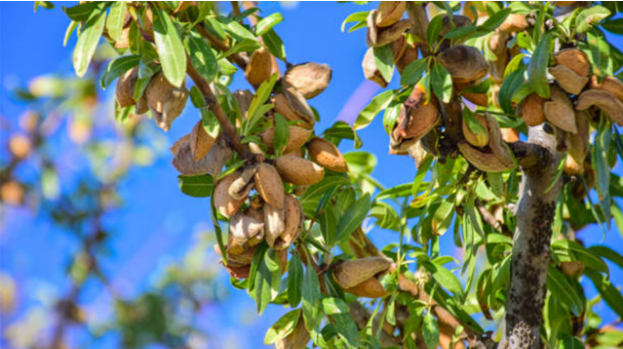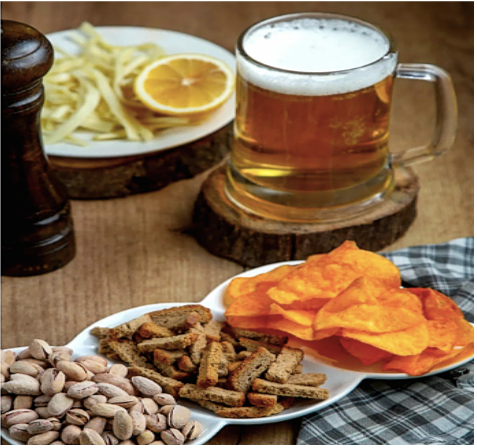Your cart is currently empty!
Walnut Oil Uses And Quality | Walnut Oil Facts
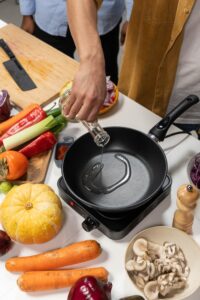
Walnut oil uses grows as the production continues to expand. The amount of walnut oil produced in the United States is about 600 tons annually. The raw material for oil pressing is divided between incredible men rejected during shelling and meat frames recovered from shells. The reflector has a slightly lower oil content (55.6%) than edible meats. One plant produces most of the walnut oil from the shelling plant of a large California cooperative. They use screw press equipment. In some years, the supply of walnuts has exceeded the demand, leading to the pressing of edible-grade nuts for oil. However, current production entirely comes from rejected meats.
When the supply is plentiful, the coating industry may use walnut oil, which is similar to linseed oil. However, it is typically consumed as a specialty food oil.
Walnut Oil Uses
Walnut oil, extracted from walnut halves and pieces, is a versatile and prized commodity with a range of applications across industries. Culinary enthusiasts value it for its rich, nutty flavor, often incorporating it into salad dressings and marinades, and as a finishing oil for its ability to enhance the taste of various dishes. Beyond its gastronomic appeal, walnut oil has gained prominence in skincare products due to its natural emollient properties, serving as a key ingredient in moisturizers, creams, and hair care items. Its composition, comprising omega-3 fatty acids and antioxidants, makes it a sought-after addition in the beauty and wellness sector.
In woodworking, walnut oil doubles as a wood finish, providing a natural and durable coating that not only enhances the visual appeal of wood but also offers protection against moisture and wear. This dual functionality makes it an attractive choice for artisans and craftsmen. Overall, the diverse uses of walnut oil underscore its significance in the culinary, beauty, and craftsmanship domains, reflecting its adaptability and contribution across various sectors.
Ensuring Quality In Walnuts

Shelled walnuts are highly susceptible to darkening and the development of rancidity. Moisture, heat, light, and air are primary factors in their deterioration. Maximum flavor and color stability are at about 3.1% moisture, and an antioxidant kernel at 2.8 to 4.0% moisture and 40° F. may be held for 18 months within acceptable limits. At temperatures below 38° F., walnut meats are stable over a moisture range from 1.5 to 6.0%, and the optimum moisture varies nearly linearly with the temperature between 38° and 140° F. At 72.5° F., it lies between 3.0 and 3.8%.
Adjusting kernels to the optimum moisture and treating them with various antioxidants enhances their stability. Both treated kernels minimize oxygen absorption when held in sealed jars at moisture levels of 3.0 to 3.5%. Free fatty acids in untreated kernels increase about 100% faster when stored in ambient light than in the dark. Antioxidant I was slightly less effective than Antioxidant II.
Oxygen absorption by walnut meats from the air in the headspace of containers is a measure of oxidative rancidity and the formation of free fatty acids. It is also useful in comparing the effectiveness of antioxidants applied to the meats, BHA and BHT, in vegetable oil, when applied to shelled walnuts, reduces the oxygen absorbed by approximately two-thirds. BHA-PG formulation reduces oxygen absorption by about one-half. Oxygen absorption increases as moisture content increases.
Sealing Walnuts For Moisture
Uncooked and unsalted walnut meats are not prone to pick up moisture, as indicated by the fact that under tropical conditions of 100° F. with 80% relative humidity, gain in weight is less than one percent. The most meaningful indications of walnut meat shelf-life are free fatty acids, color, and taste. Other indicators, such as crispness, peroxide numbers, and change in weight, are less significant. Cellophane is preferred to consumer-size packages because both Mylar and Saran films contain a static charge, which causes the chat from walnut meats to cling to the surface of the package.
Laminated aluminum foil pouches, sealed gastight, are excellent packages for walnut meats. Peterson (1958) reported that walnuts treated with an antioxidant and gas packed in either a 50-gage Mylar 0004 in. aluminum foil- 00075 in. Saran, or a 30½# bond paper- .0005 in. polyethylene-.0005 in. foil_.0025 in. polyethylene pouch, had a shelf-life of over five months at 70° F. with 50% relative humidity, whereas untreated walnuts had a shelf-life less than three months. Both packages maintained treated and untreated walnuts at 70°F. With 50% relative humidity and 100°F., with 90-95% relative humidity, it is considerably better than a foil-lined amber-colored glass jar.
Walnut Control Board
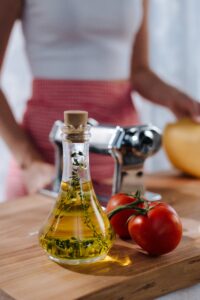
Of the 1966 U.S. walnut crop, 10% of California walnuts and 5% of those produced in Oregon and Washington were allocated by the Walnut Control Board to be available for export. The Federal Marketing Order is operated by the industry through the Board and is assisted by specialists of the U.S. Department of Agriculture’s Consumer and Marketing Service. Recognizing the need to expand markets, the Board of 1965 joined with the U.S. Department of Agriculture Foreign Agricultural Service in sending a team overseas to survey foreign market potential. Team members contacted importers and processors throughout the Orient, Australia, New Zealand, and Europe.
The Board also participated actively in the U.S. Processed Foods Show in Tokyo, Japan, and met with Japanese communications media food editors (Mohun 1967). The 1966 commercial walnut crop in the main producing countries (excluding the Soviet-oriented countries and Communist China) was 170,600 tons on an in-shell basis. This was 13% above the 1965 crop and 2% above the five-year average.
Foreign And U.S. Control Board
Both foreign and U.S. production were up from the previous year, but the foreign crop was 7% below average, and U.S. output was 12 percent above average. Both the French and Indian crops were up, while Italian, Turkish, and Iranian production was off.
World exports in 1966 were well below the previous year and sharply below average. While foreign exports decreased by 18%, U.S. exports increased by 36%. This increase tied a record with 4,900 tons in the previous year. This increase in sales was mostly the result of a program of increased emphasis by the California walnut industry and a short crop from foreign competitors, particularly from France. The U.S. exports consisted of 3,919 tons of in-shell and 414 tons of kernels as opposed to 2,866 tons in-shell and 291 tons of kernels in 1964-65.
The 11,000 pounds of U.S. walnuts that moved to overseas markets in 1966 resulted from the Federal Marketing Order for walnuts. Centered primarily in California but also in Oregon and Washington, the walnut industry has been producing even larger crops that are too great for the U.S. market to absorb. Walnut growers, packers, and processors have found the marketing order useful for solving marketing problems.
The United States imports of walnuts totaled 1,700 tons in 1966, as compared with 3,327 tons the previous year. Virtually all imports are in kernel form. Communist China seems to be becoming a more important walnut ex-porter. For many years, it has ranked a steady fourth among walnut ex-porters, averaging 6,700 tons. In 1966, it appears to have jumped into second place with over 12,000 tons. This compares with total exports of 15,000 tons from top-ranking Italy during the same season. Walnut oil uses continues to expand today.

